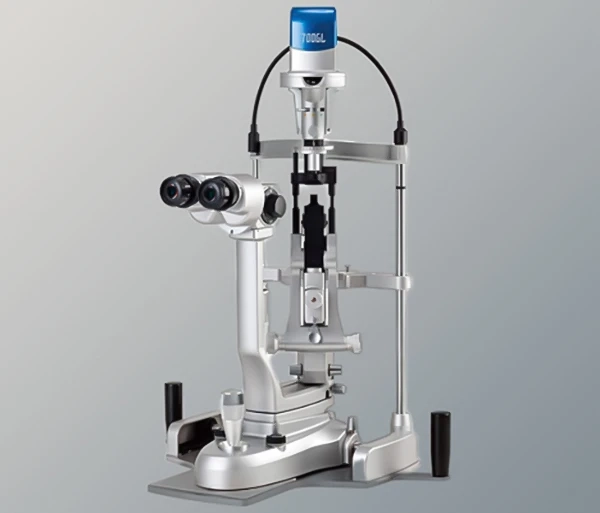When it comes to eye examinations, one of the most revolutionary tools in ophthalmology is the slit lamp microscope. This powerful device has been helping eye specialists for decades to diagnose and manage various eye conditions with accuracy and detail. From its humble beginnings to the modern digital versions we see today, the slit lamp has transformed into an essential piece of equipment in eye care. In this article, we’ll explore its history, current advancements, and future potential, while also highlighting the role of trusted ophthalmic equipment suppliers in making this technology widely available.
The Origins of the Slit Lamp Microscope
The journey of the slit lamp microscope dates back to the early 20th century. Originally, it was a basic illumination system combined with a magnifying lens, designed to allow doctors to observe the anterior segment of the eye. The earliest models were quite simple, offering limited magnification and lighting options. However, even in its early form, it gave ophthalmologists a new window into diagnosing diseases like cataracts, corneal injuries, and infections.
One of the key milestones was when the instrument began integrating adjustable illumination angles and more precise magnification levels. This development allowed for more detailed and accurate examination of the cornea, iris, lens, and anterior chamber.
The Present: Modern Innovations in Slit Lamp Microscopes
Today, the slit lamp microscope is far more advanced than its early versions. Modern designs are not just about magnification—they incorporate digital imaging, LED illumination, and user-friendly controls. Some of the most notable features include:
- High-Resolution Imaging: Many modern slit lamps come with built-in cameras that allow real-time imaging and video recording. This feature helps in patient education and in maintaining detailed medical records.
- LED Illumination: Unlike traditional halogen bulbs, LED light sources offer brighter, more consistent illumination while being energy efficient and long-lasting.
- Digital Connectivity: Modern slit lamps can connect with computers and specialized ophthalmic software, making it easier to store, share, and analyze patient data.
- Improved Ergonomics: Comfort for both the practitioner and the patient is now a priority, with adjustable components and easy-to-use interfaces.
These innovations not only improve diagnostic accuracy but also enhance the patient experience during eye examinations.
Role of Ophthalmic Equipment Suppliers
The advancement of the slit lamp microscope would not have reached clinics and hospitals worldwide without reliable ophthalmic equipment suppliers. These suppliers play a crucial role by:
- Providing access to cutting-edge technology.
- Ensuring quality and certification standards for medical equipment.
- Offering training and support to eye care professionals.
- Supplying spare parts and maintenance services to keep equipment functioning optimally.
By partnering with trusted suppliers, clinics and hospitals ensure they are equipped with the latest technology, which ultimately benefits patient care.
The Future of Slit Lamp Microscopes
Looking ahead, the future of the slit lamp microscope is extremely promising. With the rise of artificial intelligence (AI), telemedicine, and advanced imaging technologies, we can expect several exciting trends:
- AI Integration: Slit lamps may soon come with AI-powered diagnostic tools that assist doctors in identifying conditions automatically.
- Remote Examinations: Teleophthalmology will make it possible to conduct slit lamp exams remotely, bridging gaps in rural or underserved areas.
- 3D Imaging: Future designs may incorporate three-dimensional imaging, offering even more detailed views of eye structures.
- Portable Models: Lightweight, portable slit lamps will become more common, making them accessible in mobile clinics and community health setups.
These advancements will further transform eye care by making diagnosis quicker, more accurate, and more widely accessible.
Conclusion
The slit lamp microscope has come a long way from its early beginnings to becoming a cornerstone of modern ophthalmology. Thanks to constant innovation and the support of reliable ophthalmic equipment suppliers, it continues to evolve and shape the future of eye care. As technology advances, we can expect even smarter, more efficient, and patient-friendly versions of this indispensable tool. For eye care professionals, staying updated with these innovations ensures better diagnostics, better patient outcomes, and a brighter future for vision health.


